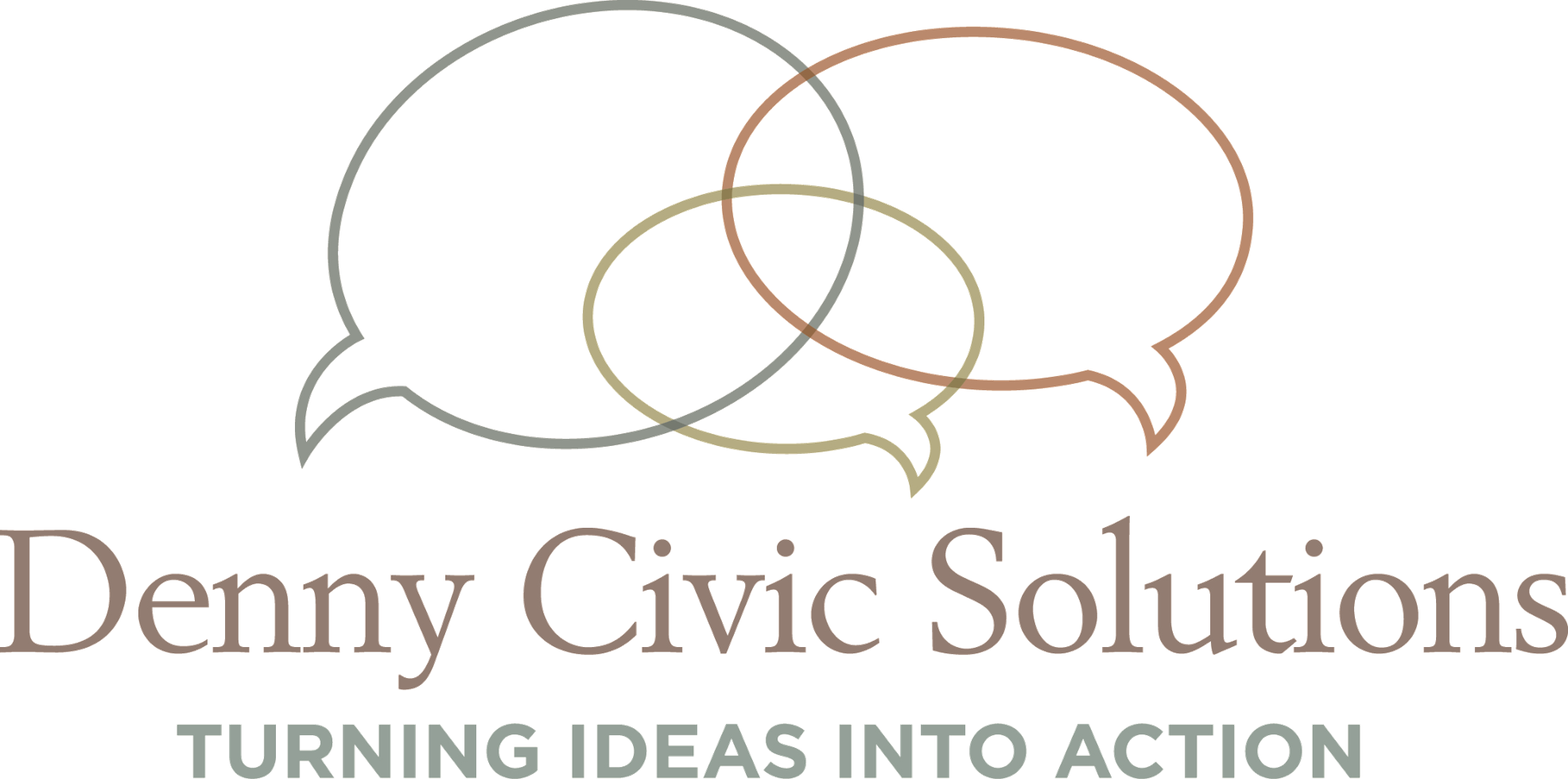DCS Service Spotlight: Earned Media in a Pandemic: 101
We get it. You’re probably tired of hearing that “everything has changed” due to COVID-19. Or that “things will never be the same,” once we come out of this. Yet as much as we’re currently being bombarded with those sentiments, it doesn’t make either any less true. Think of all the changes that occurred post-9/11 that we now accept as “normal,” and double it.
How we communicate and get our message, our story, and our news out has been changing for the past decade, but has rapidly accelerated over the past three months. Sure, we all know how social media channels like Facebook, Twitter, and YouTube have allowed us to share our message, but unfortunately, social media has also become the main accelerant to the polarizing fire burning our nation. If you want to share your news and stories with people who agree with you, then social media is the way to go.
But what about traditional media, like print (which, ironically, is now primarily digital) and broadcast (TV/Radio)? How do we engage these reporters and news outlets during this moment in time?
According to the Pew Research Center:
While the share of Americans who prefer to get their news online is growing, TV still remains the most popular source.
That said, the gap is narrowing: nearly as many Americans prefer to get their local news online as via TV.
Although employment in digital newsrooms has been increasing, layoffs across all news sectors have meant severe cuts to the industry as a whole.
We have found that the COVID-19 pandemic has resulted in many news outlets either cutting their remaining staff in half or closing down. So how do we get our news and stories out through these mediums at this time (and in the future)? Here are four things you can do:
1. Make their job easier:
With news staffs slashed and many remaining employees not able to be onsite, providing journalists with all the resources needed is more important than ever. That includes well-written press releases, embedded photos and videos, flexibility for phone/video interviews, and making spokespeople available for them to interview. As an example, DCS recently provided content and storylines for this piece on donated face masks.
2. Check in and see how they are doing:
Remember, reporters are people too. They have families in addition to deadlines. We recommend simply checking in by phone, email, or text with those you have a relationship with and asking how they are holding up. You can also ask what they are working on and if you can be of any help. As an example, DCS reached out to a TV reporter to see how he was doing and it led to a video conference interview on the philanthropic efforts underway.
3. Be consistent and prompt:
Especially during a crisis like the one we are in, being consistent means not only providing a consistent message, but also doing it in a consistent period of time. Hold weekly (sometimes daily) briefings with the media. Open with the same format, providing timely updates and taking questions.
4. Media briefings using video conferencing are here to stay:
Video conference media briefings are more controlled than in-person media briefings, and they are here to stay. Organizations have become much more comfortable doing briefings by video. Media outlets have been forced to comply with this new reality. Working with the Pittsburgh Public Schools, DCS has helped develop and manage weekly press briefings with the Superintendent and his executive cabinet members during this pandemic crisis.
Things have changed and will continue changing.
Staying on top of the changes and how to best navigate them is what Denny Civic Solutions does to best serve our clients.






